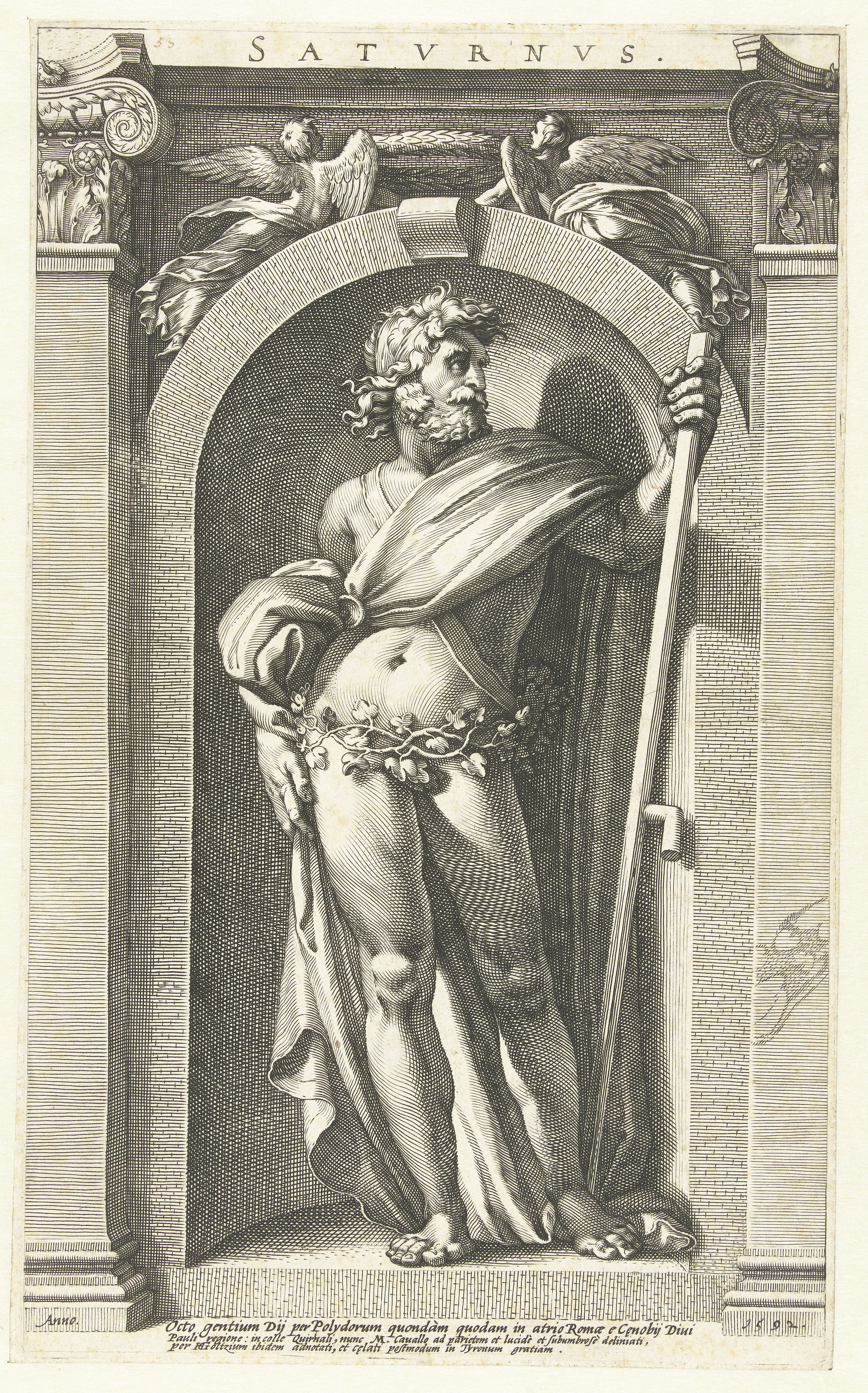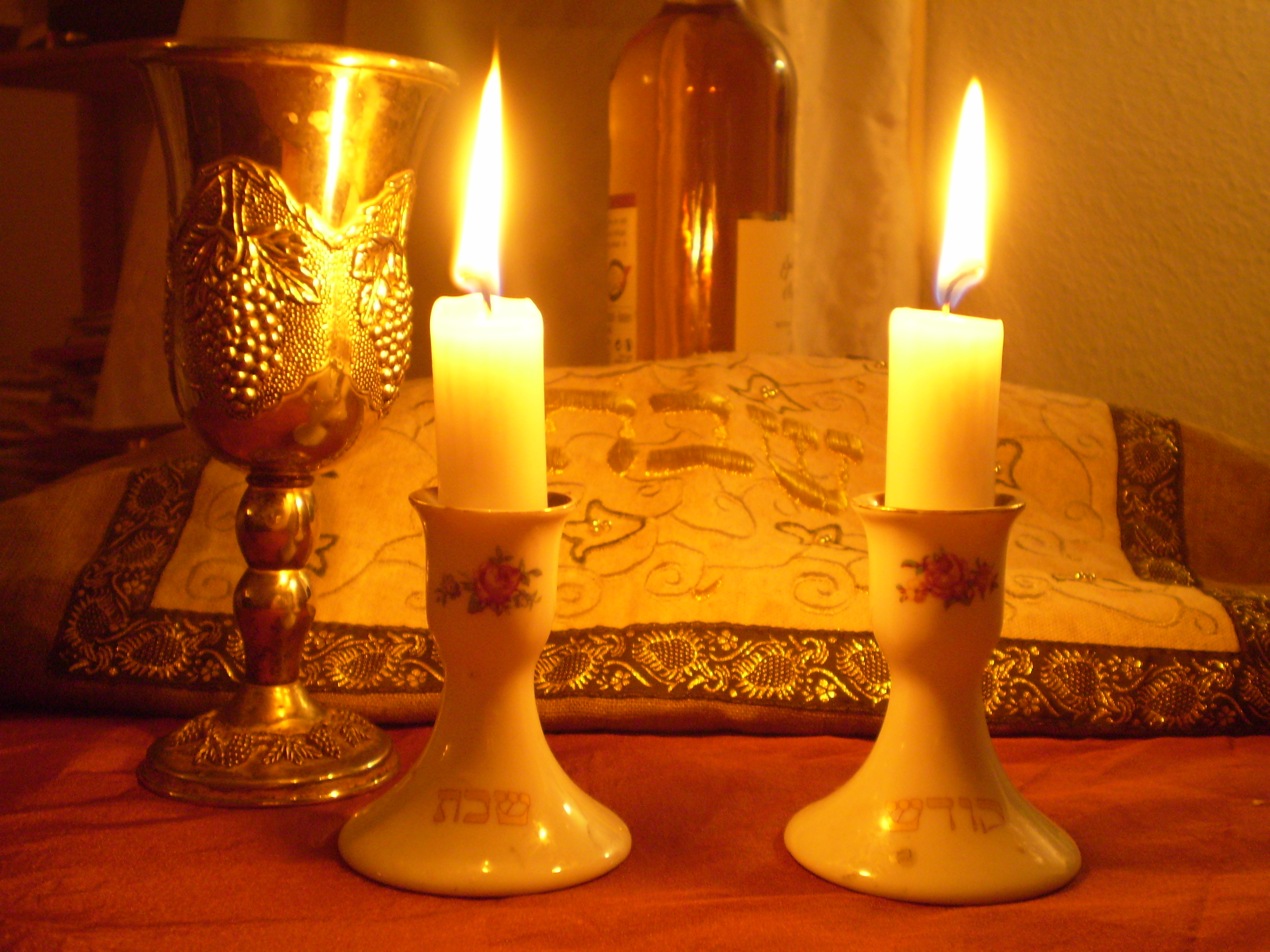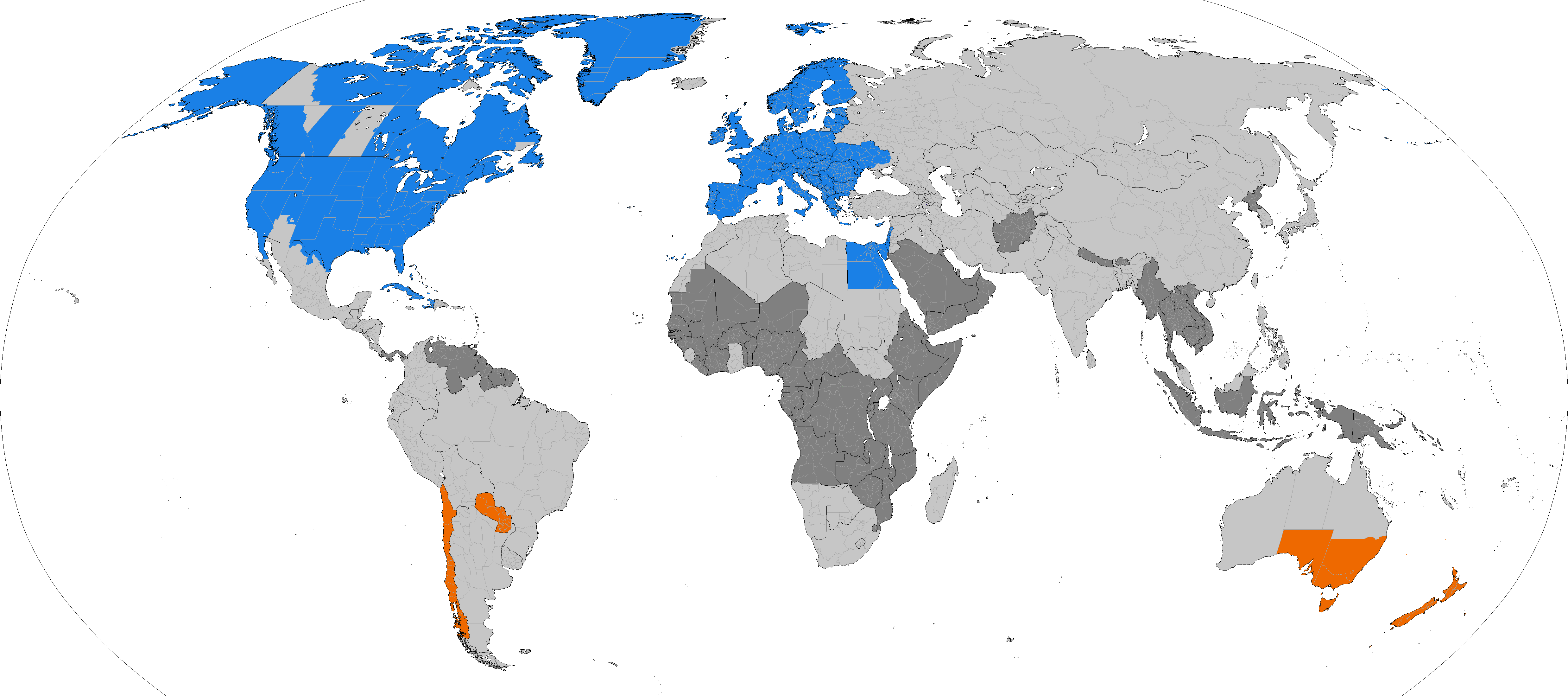|
Motza'ei Shabbat
The term Motza'ei Shabbat ( he, מוצאי שבת—literally, the going out of the Sabbath) in Judaism refers to the time in the evening immediately following Shabbat, that is Saturday night. It is a time when, following one's declaration of the intention to end Shabbat, it is permissible to resume weekday activities that are prohibited on Shabbat. This may occur no earlier than when three "small" stars appear in the sky. There are varying opinions as to how much time elapses following sunset until this occurs. This difference of opinions results in different ways to predetermine the fixed time when the Shabbat will end on a given Saturday night. The time varies, depending on one's geographic location and the time of year. Regardless of location, the time that Shabbat ends, which is approximately one hour later than the time for candle lighting the day before, fluctuates approximately four hours throughout the calendar year and by up to 17 minutes from one week to the next (or ... [...More Info...] [...Related Items...] OR: [Wikipedia] [Google] [Baidu] |
Judaism
Judaism ( he, ''Yahăḏūṯ'') is an Abrahamic, monotheistic, and ethnic religion comprising the collective religious, cultural, and legal tradition and civilization of the Jewish people. It has its roots as an organized religion in the Middle East during the Bronze Age. Modern Judaism evolved from Yahwism, the religion of ancient Israel and Judah, by the late 6th century BCE, and is thus considered to be one of the oldest monotheistic religions. Judaism is considered by religious Jews to be the expression of the covenant that God established with the Israelites, their ancestors. It encompasses a wide body of texts, practices, theological positions, and forms of organization. The Torah, as it is commonly understood by Jews, is part of the larger text known as the ''Tanakh''. The ''Tanakh'' is also known to secular scholars of religion as the Hebrew Bible, and to Christians as the " Old Testament". The Torah's supplemental oral tradition is represented by later texts s ... [...More Info...] [...Related Items...] OR: [Wikipedia] [Google] [Baidu] |
Shabbat
Shabbat (, , or ; he, שַׁבָּת, Šabbāṯ, , ) or the Sabbath (), also called Shabbos (, ) by Ashkenazim, is Judaism's day of rest on the seventh day of the week—i.e., Saturday. On this day, religious Jews remember the biblical stories describing the creation of the heaven and earth in six days and the redemption from slavery and The Exodus from Egypt, and look forward to a future Messianic Age. Since the Jewish religious calendar counts days from sunset to sunset, Shabbat begins in the evening of what on the civil calendar is Friday. Shabbat observance entails refraining from work activities, often with great rigor, and engaging in restful activities to honour the day. Judaism's traditional position is that the unbroken seventh-day Shabbat originated among the Jewish people, as their first and most sacred institution. Variations upon Shabbat are widespread in Judaism and, with adaptations, throughout the Abrahamic and many other religions. According to ''halakha ... [...More Info...] [...Related Items...] OR: [Wikipedia] [Google] [Baidu] |
Saturday
Saturday is the day of the week between Friday and Sunday. No later than the 2nd century, the Romans named Saturday ("Saturn's Day") for the planet Saturn, which controlled the first hour of that day, according to Vettius Valens. The day's name was introduced into West Germanic languages and is recorded in the Low German languages such as Middle Low German , ''saterdach'', Middle Dutch (Modern Dutch ) and Old English , ''Sæterndæġ'' or . Origins Between the 1st and 3rd centuries AD, the Roman Empire gradually replaced the eight-day Roman nundinal cycle with the seven-day week. The astrological order of the days was explained by Vettius Valens and Dio Cassius (and Chaucer gave the same explanation in his ''Treatise on the Astrolabe''). According to these authors, it was a principle of astrology that the heavenly bodies presided, in succession, over the hours of the day. The association of the weekdays with the respective deities is thus indirect, the days are named for th ... [...More Info...] [...Related Items...] OR: [Wikipedia] [Google] [Baidu] |
Activities Prohibited On Shabbat
The 39 Melakhot ( he, ל״ט אבות מלאכה, '' lamed-tet avot melakhah'', "39 categories of work") are thirty-nine categories of activity which Jewish law identifies as prohibited by biblical law on Shabbat. Many of these activities are also prohibited on the Jewish holidays listed in the Torah, although there are significant exceptions that permit carrying and preparing food under specific circumstances on holidays (except Yom Kippur). In addition to the 39 melakhot, certain other activities are forbidden on Shabbat due to rabbinic law. There are often disagreements between Orthodox Jews and Conservative Jews or other non-Orthodox Jews as to the practical observance of Shabbat. It is of note that the (strict) observance of Shabbat is often seen as a benchmark for orthodoxy and indeed has legal bearing on the way a Jew is seen by an Orthodox religious court regarding their affiliation to Judaism. The commandment The commandment to keep Shabbat as a day of rest is repeated ... [...More Info...] [...Related Items...] OR: [Wikipedia] [Google] [Baidu] |
Star
A star is an astronomical object comprising a luminous spheroid of plasma (physics), plasma held together by its gravity. The List of nearest stars and brown dwarfs, nearest star to Earth is the Sun. Many other stars are visible to the naked eye at night sky, night, but their immense distances from Earth make them appear as fixed stars, fixed points of light. The most prominent stars have been categorised into constellations and asterism (astronomy), asterisms, and many of the brightest stars have proper names. Astronomers have assembled star catalogues that identify the known stars and provide standardized stellar designations. The observable universe contains an estimated to stars. Only about 4,000 of these stars are visible to the naked eye, all within the Milky Way galaxy. A star's life star formation, begins with the gravitational collapse of a gaseous nebula of material composed primarily of hydrogen, along with helium and trace amounts of heavier elements. Its stellar ... [...More Info...] [...Related Items...] OR: [Wikipedia] [Google] [Baidu] |
Shulchan Aruch
The ''Shulchan Aruch'' ( he, שֻׁלְחָן עָרוּך , literally: "Set Table"), sometimes dubbed in English as the Code of Jewish Law, is the most widely consulted of the various legal codes in Judaism. It was authored in Safed (today in Israel) by Joseph Karo in 1563 and published in Venice two years later. Together with its commentaries, it is the most widely accepted compilation of Jewish law ever written. The ''halachic'' rulings in the ''Shulchan Aruch'' generally follow Sephardic law and customs, whereas Ashkenazi Jews generally follow the halachic rulings of Moses Isserles, whose glosses to the ''Shulchan Aruch'' note where the Sephardic and Ashkenazi customs differ. These glosses are widely referred to as the ''mappah'' (literally: the "tablecloth") to the ''Shulchan Aruch's'' "Set Table". Almost all published editions of the ''Shulchan Aruch'' include this gloss, and the term "Shulchan Aruch" has come to denote ''both'' Karo's work as well as Isserles', with Karo ... [...More Info...] [...Related Items...] OR: [Wikipedia] [Google] [Baidu] |
Orach Chayim
Orach Chayim, (''manner/way of life'') is a section of Rabbi Jacob ben Asher's compilation of Halakha (Jewish law), Arba'ah Turim. This section addresses aspects of Jewish law pertinent to the Hebrew calendar (be it the daily, weekly, monthly, or annual calendar). Rabbi Yosef Karo modeled the framework of the ''Shulkhan Arukh'' (שולחן ערוך), his own compilation of practical Jewish law, after the ''Arba'ah Turim.'' Many later commentators used this framework, as well. Thus, ''Orach Chayim'' in common usage may refer to another area of halakha, separate from Rabbi Jacob ben Asher's compilation. Orach Chayim deals with, but is not limited to: *Washing the hands in the morning, *Tefillin *Tzitzit (ritual fringes), *Prayer, *Sabbath, *Festivals, *Torah reading in synagogue. Commentaries on the Shulchan Aruch - Orach Chayim * Taz (Turei Zohov) - by Rabbi David HaLevi Segal * Magen Avraham - by Rabbi Avraham Gombiner * Biur HaGra - by the Vilna Gaon * Pri Megadim - by Rabbi Jo ... [...More Info...] [...Related Items...] OR: [Wikipedia] [Google] [Baidu] |
Minhag
''Minhag'' ( he, מנהג "custom", classical pl. מנהגות, modern pl. , ''minhagim'') is an accepted tradition or group of traditions in Judaism. A related concept, ''Nusach (Jewish custom), Nusach'' (), refers to the traditional order and form of the Jewish services, prayers. Etymology The Hebrew root N-H-G () means primarily "to drive" or, by extension, "to conduct (oneself)". The actual word ''minhag'' appears twice in the Hebrew Bible, both times in the same verse, and translated as "driving": Homiletically, one could argue that the use of the word ''minhag'' in Jewish law reflects its Biblical Hebrew origins as "the (manner of) driving (a chariot)". Whereas ''Halakha'' (law), from the word for walking-path, means the path or road set for the journey, ''minhag'' (custom), from the word for driving, means the manner people have developed themselves to travel down that path more quickly. The present use of ''minhag'' for custom may have been influenced by the Arabic ... [...More Info...] [...Related Items...] OR: [Wikipedia] [Google] [Baidu] |
Sunset
Sunset, also known as sundown, is the daily disappearance of the Sun below the horizon due to Earth's rotation. As viewed from everywhere on Earth (except the North and South poles), the equinox Sun sets due west at the moment of both the spring and autumn equinoxes. As viewed from the Northern Hemisphere, the Sun sets to the northwest (or not at all) in the spring and summer, and to the southwest in the autumn and winter; these seasons are reversed for the Southern Hemisphere. The time of sunset is defined in astronomy as the moment when the upper limb of the Sun disappears below the horizon. Near the horizon, atmospheric refraction causes sunlight rays to be distorted to such an extent that geometrically the solar disk is already about one diameter below the horizon when a sunset is observed. Sunset is distinct from twilight, which is divided into three stages. The first one is ''civil twilight'', which begins once the Sun has disappeared below the horizon, and continues until ... [...More Info...] [...Related Items...] OR: [Wikipedia] [Google] [Baidu] |
Shabbat Candles
Shabbat candles ( he, נרות שבת) are candles lit on Friday evening before sunset to usher in the Jewish Sabbath. Lighting Shabbat candles is a rabbinically mandated law. Candle-lighting is traditionally done by the woman of the household but, in the absence of a woman, it is done by a man. After lighting the candles, the lighter covers their eyes and recites a blessing. In Yiddish, lighting the candles is known as ''licht bentschen'' ("light-blessing") or ''licht tsinden'' ("light-kindling"). History 1723 illustration of a Shabbat lamp The practice of lighting an oil lamp before Shabbat is first recorded in the second chapter of m. Shabbat. The purpose of lighting of ''Shabbat'' candles is to dignify the Sabbath; before the advent of electric lighting, when the alternative was to eat in the dark, it was necessary to light lamps to create an appropriate environment. The blessing is first attested in a fragment in the St. Petersburg national library (Antonin B, 122, 2) ... [...More Info...] [...Related Items...] OR: [Wikipedia] [Google] [Baidu] |
Time Change
Daylight saving time (DST), also referred to as daylight savings time or simply daylight time (United States, Canada, and Australia), and summer time (United Kingdom, European Union, and others), is the practice of advancing clocks (typically by one hour) during warmer months so that darkness falls at a later clock time. The typical implementation of DST is to set clocks forward by one hour in the spring ("spring forward"), and to set clocks back by one hour in the fall ("fall back") to return to standard time. As a result, there is one 23-hour day in early spring and one 25-hour day in the middle of autumn. The idea of aligning waking hours to daylight hours to conserve candles was first proposed in 1784 by U.S. polymath Benjamin Franklin. In a satirical letter to the editor of ''The Journal of Paris'', Franklin suggested that waking up earlier in the summer would economize on candle usage; and calculated considerable savings. In 1895, New Zealand entomologist and astronomer ... [...More Info...] [...Related Items...] OR: [Wikipedia] [Google] [Baidu] |
Amidah
The ''Amidah Amuhduh'' ( he, תפילת העמידה, ''Tefilat HaAmidah'', 'The Standing Prayer'), also called the ''Shemoneh Esreh'' ( 'eighteen'), is the central prayer of the Jewish liturgy. Observant Jews recite the ''Amidah'' at each of three daily prayer services in a typical weekday: morning (''Shacharit''), afternoon (''Mincha''), and evening (''Ma'ariv''). On Shabbat, Rosh Chodesh, and Jewish festivals, a fourth ''Amidah'' (''Mussaf'') is recited after the morning Torah reading, and once per year a fifth ''Amidah'' (''Ne'ilah'') is recited, around sunset on Yom Kippur. Due to its importance, in rabbinic literature it is simply called ''hatefila'' (, 'the prayer'). According to legend, the prayer was composed by the Rabbis of the Anshei Knesset HaGedolah (c. 515-332 BCE). Accordingly, in Judaism, to recite the ''Amidah'' is a '' mitzvah de-rabbanan''. Although the name ''Shemoneh Esreh'' ("eighteen") refers to the original number of component blessings in the ... [...More Info...] [...Related Items...] OR: [Wikipedia] [Google] [Baidu] |








